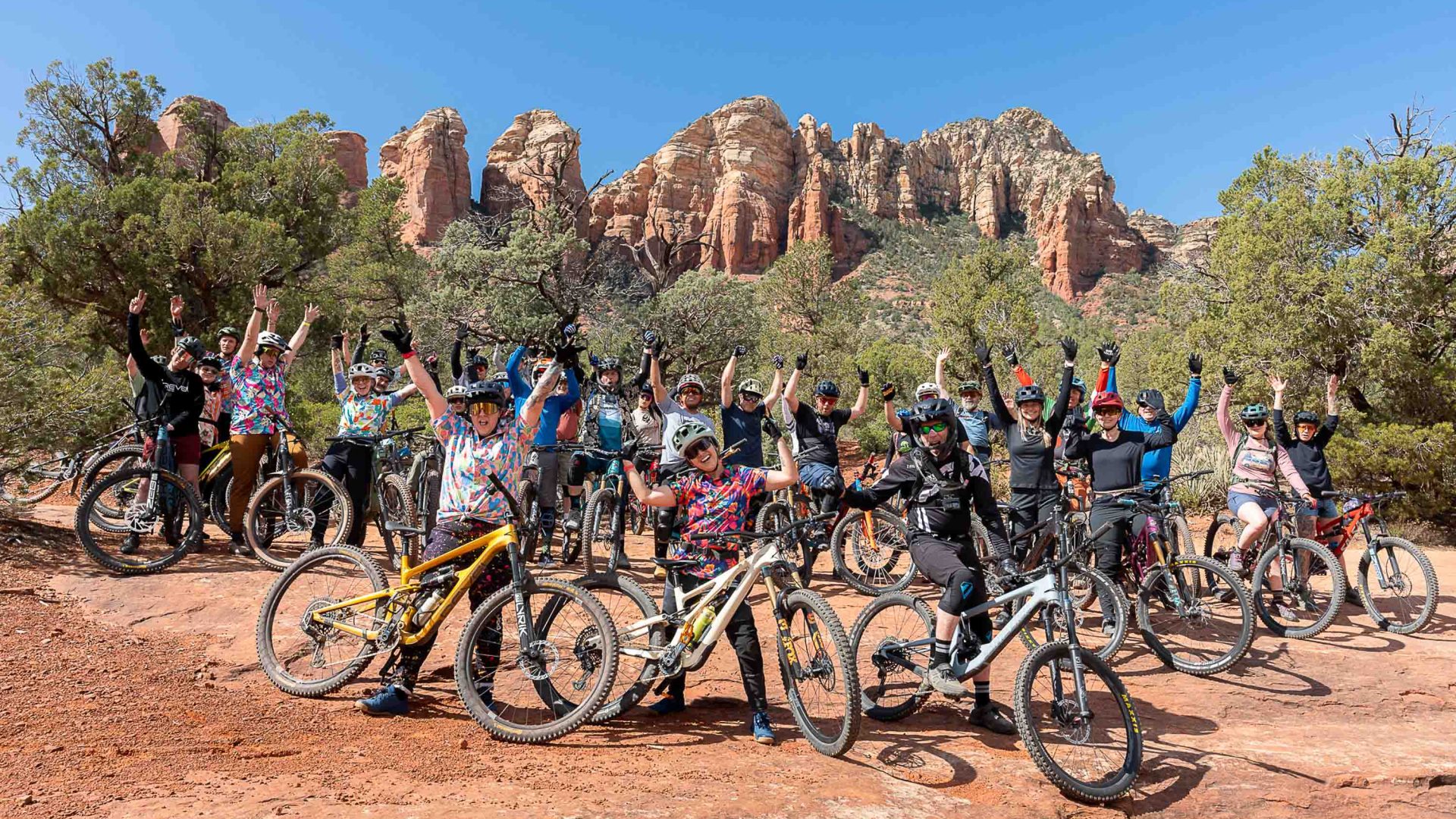
In what is historically a male-dominated sport, one female-led organization is on a mission to get more women dropping, rock rolling and tank-track climbing up America’s mountain bike trails.

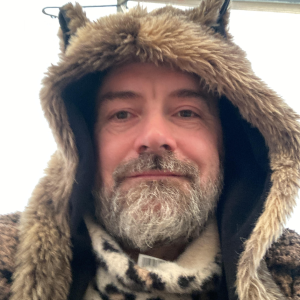
In what is historically a male-dominated sport, one female-led organization is on a mission to get more women dropping, rock rolling and tank-track climbing up America’s mountain bike trails.
This situation makes herding cats look like fun. We’re supposed to be meeting at a small gazebo in the middle of the Sedona MTB (mountain bike) Festival in northern Arizona, but there are people, bikes, kids, dogs, and even more bikes, in every direction. I hardly know if I’m at the right meeting point, let alone what’s happening next.
So the idea of leading a 10-mile mountain bike ride with 50 strangers of varied abilities, on some of America’s most unique and challenging trails? No thanks. For me, that’s a recipe for a poisonously bad mood at best, and a helicopter evacuation at worst.
But it doesn’t seem to be a problem for Jess. Jess Hana, or Jess the Maker to her many thousands of Instagram followers, looks as happy as I’ve seen any human being. She’s here in her loudest party shirt, bouncing up and down on the pedals and champing at the bit to lead our group ride. But what marks our happy troupe from the rest of the festival isn’t just its size—50 riders is a lot—but the fact that we’re an even mix of men and women.
Despite over 40 percent of bikes, clothing and components being sold to women, riding with this many is a first for me. Not because I prefer male company, but because in the UK, and many other places I’ve ridden, it’s rare to see women on the trails.
We’re starting at the trailhead of Adobe Jack, one of a huge network of rocky, technical MTB trails in and around the tiny desert town of Sedona, with a hot sun rising toward its peak. In every direction, there are groups of riders pedaling, shuttle buses festooned with roof racks full of bikes, and a celebratory whiff of adrenaline in the air.
“What we’re trying to change is the visibility. So women can see it doesn’t matter how good you are, or how expensive your bike is—if you’re having a good time, that’s all that matters.”
- Mia De Paula, Founder, Women's MTB Network
These trails specifically, are narrow, twisting and technical, a combination that makes it hard to judge your speed and distance from other riders. There are multiple challenges, like steps in the rock, gnarled roots that grab at your pedals, and abrupt changes in elevation. Just one stalled rider can stop the whole train for several minutes. But our ride is immediately, infectiously fun.
This isn’t just a ride—it’s a party. And there’s none of the macho posturing or pressure to win that can sometimes blight a male-only event. There’s also a purpose to the partying. The ride’s been organized by the Women’s MTB Network, a collective of female riders who’ve made it their mission to battle the performative, male-centering culture of MTB.

This trail has been chosen for its many opportunities to work on skills, and Jess makes sure we stop at each challenge so she can demonstrate how to ride it. Every individual effort, successful or not, is cheered to the rafters. I can see people becoming more confident riders right in front of my eyes.
As we’re taking a break from rolling down a series of rocks, Women’s MTB Network founder Mia De Paula tells me: “I’m 42, but I never see people like me represented in MTB, whereas a lot of older male riders see themselves depicted all the time. What we’re trying to change is the visibility. So women can see it doesn’t matter how good you are, or how expensive your bike is—if you’re having a good time, that’s all that matters,” she says.
MTB, as a sport, is over 50 years old and women have been riding, organizing, building trails, and competing for the entire time. But unless they’re winning at a global level, like female MTB leaders Rachel Atherton and Tahnee Seagrave, women are not represented, or supported.
It’s this cultural deficit that the Women’s MTB Network is trying to change. They set themselves up to support the tens of thousands of ordinary female riders who couldn’t find what they needed. Simple stuff, like reviews of new bikes, clothing in women’s sizes, skills advice that addresses specific concerns about physical danger, or just a coach who openly welcomes women.
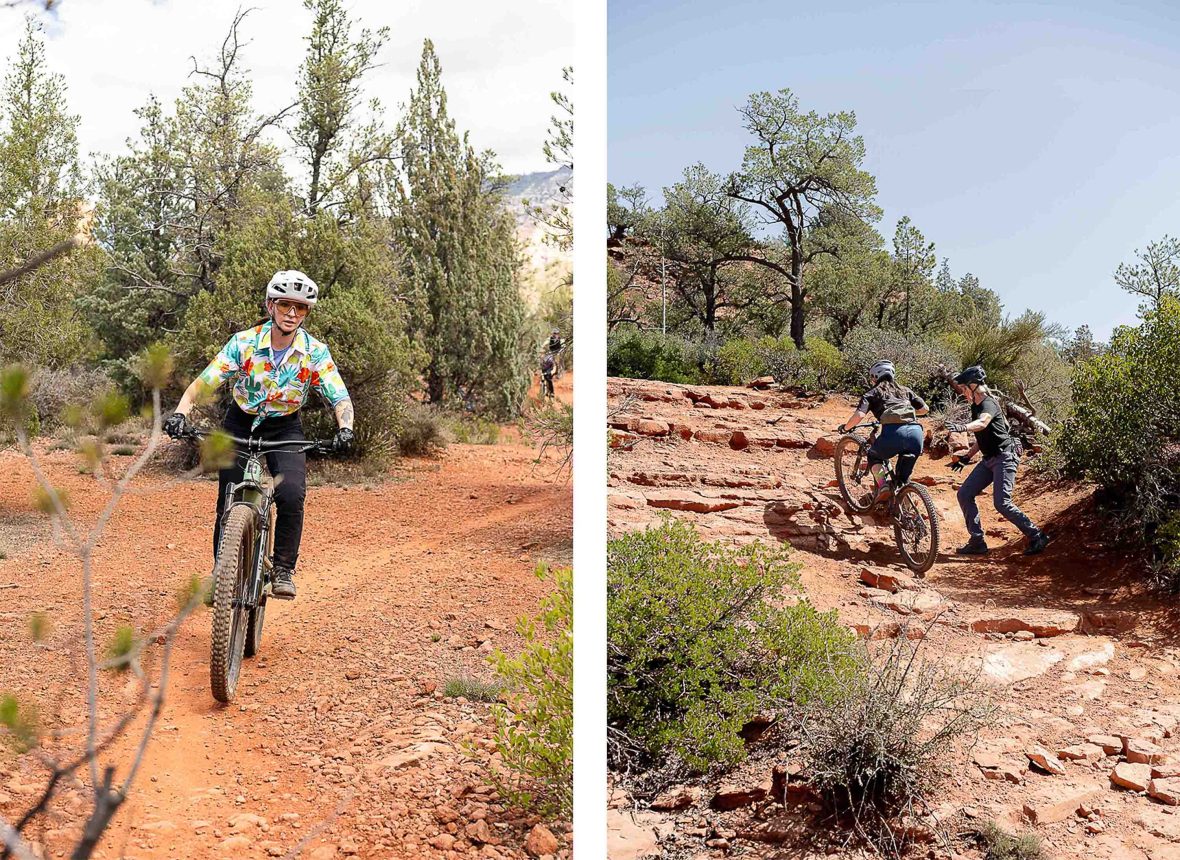
“I have a background in coaching, I’ve been mountain biking for years and I can talk the talk,” says Jess. “I like to say that I got into mountain biking because of a dude, but I fell in love with mountain biking because of women. And I think something like the Women’s MTB Network is very much needed. Having a media outlet that’s for women, by women, is a phenomenal thing.”
We’ve been together for close to three hours, having navigated a tough trail without a single serious fall or ride-ending mechanical issue. That’s reason enough for celebration. But there’s also been a real atmosphere of warmth and encouragement, without any of the ‘dare-you’ tension of an all-male ride. I’m a convert.
“I followed her on a trail and learned to stand up, lower my seat, all that stuff—she cleared it up instantly, and that was it. I went from hate to love in one single ride.”
- Candice Hansen, coordinator, Women’s MTB Network
“That’s why we started this,” Mia tells me. “I went online to find reviews of mountain bikes from women, for women, and there was nothing—it’s all bikes with a large frame or an extra large frame, when a lot of us are small and short. So I said ‘Screw it. Someone needs to start this’. I put a website together and I’m trying to develop as many resources as I can.”
The proof is on the trails. “We get hundreds of women come to our monthly flagship rides [as part of another cycling group, Women of OZ, based in Northwest Arkanasa],” says Jess. “We try to do a really good job of getting women on bikes and, hopefully, building a model that can kind of permeate MTB culture.”
Women’s MTB Network coordinator Candice Hansen echoes Jess’ vision for the network as a place of support for women riders. “I was falling and hurting myself a lot at the start, but I was doing hair[styling] for a local female rider, so one day I texted her to say ‘I hate this, I don’t know what I’m doing, I need help’.
“And she set time aside… I followed her on a trail and learned to stand up, lower my seat, all that stuff—she cleared it up instantly, and that was it. I went from hate to love in one single ride.”
The idea that there’s any place for division, or inequality, or that anyone’s got more right to have fun on a bike than anyone else has always seemed ridiculous. And today in the Arizona desert, amongst a diverse bunch of riders, we firmly established that as fact.
So if you’re an MTB brand that wants to reflect the real needs of riders everywhere, or looking to ride with like-minded women, or perhaps, like me, you’re a male rider sick of the lazy macho narrative—take heart. There are people, many of them women, who are ready to welcome you in.
***
Adventure.com strives to be a low-emissions publication, and we are working to reduce our carbon emissions where possible. Emissions generated by the movements of our staff and contributors are carbon offset through our parent company, Intrepid. You can visit our sustainability page and read our Contributor Impact Guidelines for more information. While we take our commitment to people and planet seriously, we acknowledge that we still have plenty of work to do, and we welcome all feedback and suggestions from our readers. You can contact us anytime at hello@adventure.com. Please allow up to one week for a response.

Tim Wild is a freelance MTB and travel writer who loves bikes, travel and food more than real jobs, money or stability. When he’s not finding new mountains to ride down, he’s plotting his next escapades from a small village in the south of England.
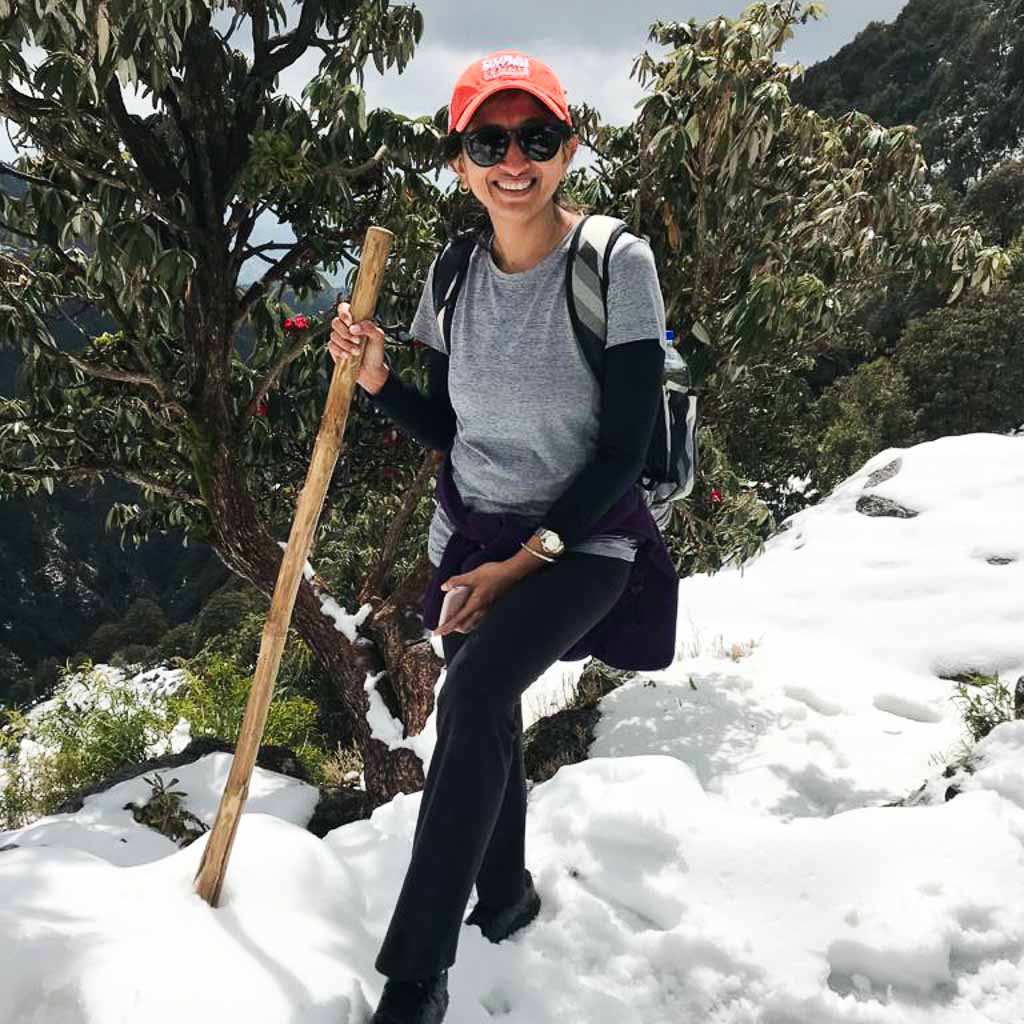



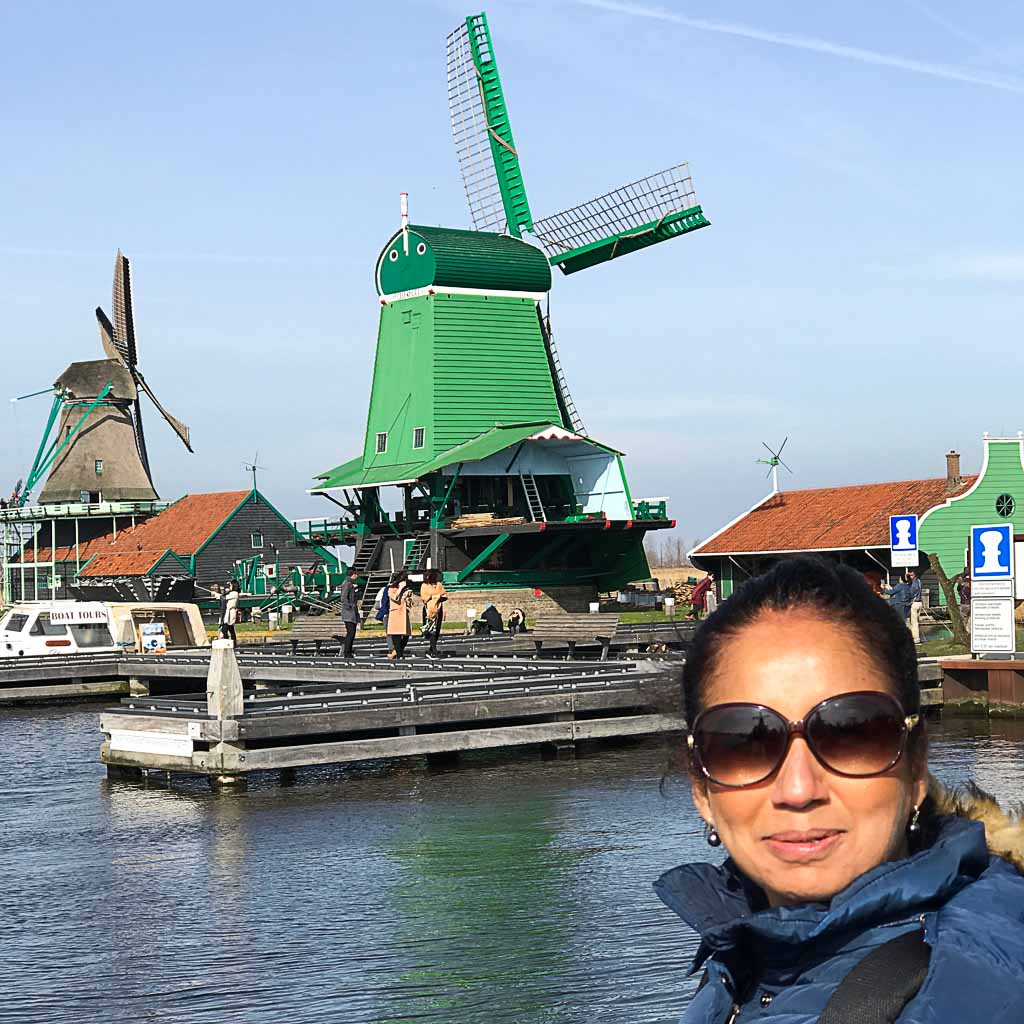



Can't find what you're looking for? Try using these tags: